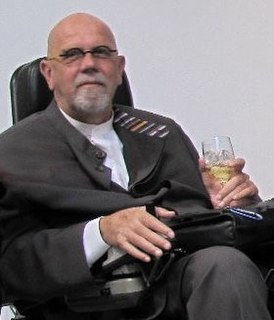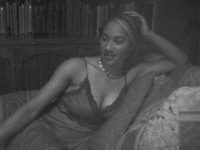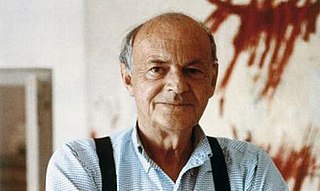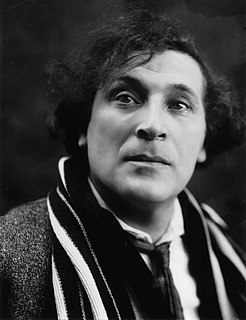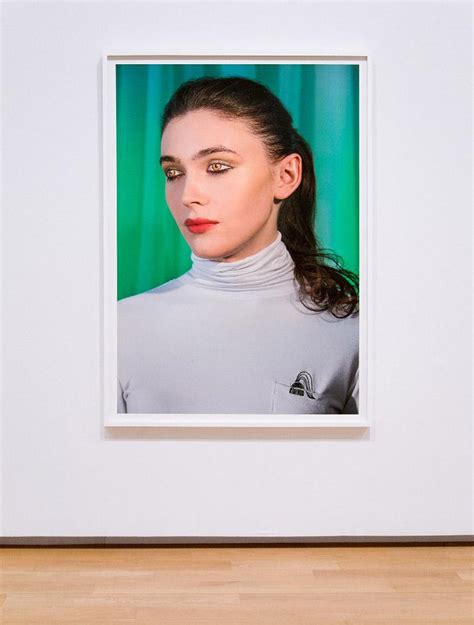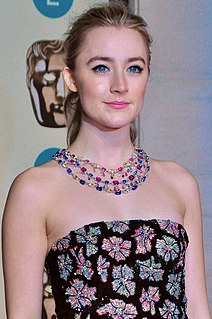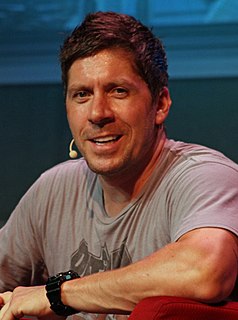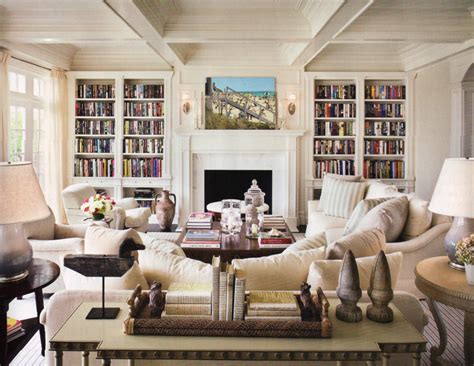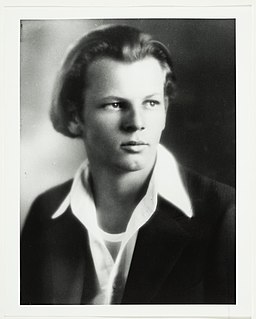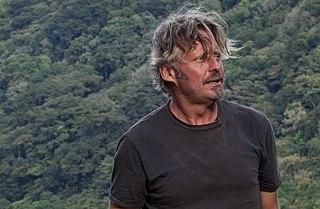A Quote by Chuck Close
When you come up in the art world, whatevers in the air, the issues of the moment, end up becoming part of the working method or modus operandi of how you think about doing a painting. And I came up at a time when-actually painting was dead when I came up. Sculpture sort of ruled.
Related Quotes
There are absences, but there are also presences. It's about how painting can evolve its own abstractions. I didn't know the painting was going to be about that, but it has to have that journey; I have to learn something, I have to end up somewhere I didn't expect to be, otherwise, I don't think it's painting.
All that stuff about flatness - it's this idea that painting is a specialized discipline and that modernist painting increasingly refers to painting and is refining the laws of painting. But who cares about painting? What we care about is that the planet is heating up, species are disappearing, there's war, and there are beautiful girls here in Brooklyn on the avenue and there's food and flowers.
I sit for two or three hours and then in 15 minutes I can do a painting, but that's part of it. You have to get ready and decide to jump up and do it; you build yourself up psychologically, and so painting has no time for brush. Brush is boring, you give it and all of a sudden it's dry, you have to go. Before you cut the thought, you know?
I feel like what's most important for painting - which has been hierarchically on the top for a really long time in terms of what is considered fine art, by comparison with something like a comic book or what's considered low art - is that painting should open up laterally to include other cultures and things that don't immediately resonate as a painting but are obviously of equal contribution to the genre.
The visual world has blown up, the world of writing has blown up; there's so much text online. Anyone and everyone can express themselves. It's a lot to think about as an artist. Also, that the persona of the artist might actually be of some importance. When I came of age, it was important to be quiet and hang back and be mysterious. I knew artists who didn't even want to show up at their own openings. They never wanted to have their picture taken, didn't want to autograph a book, didn't want to answer a question. I came of age in a world where it was "Let the work speak for itself."
When I was younger, I would mess about and have a laugh with everyone. I was doing Atonement when I was about 12, and as we went to do this very serious scene, the director Joe [Wright] came up to me ... I'd been giggling right up to the beginning of the take. And he came up to me and said, "Okay, you need to be serious now." I completely idolized him.
When I played Darth Maul, it sort of came from inside. I'm not saying it was natural, but I really enjoyed it, and I think I was tapping into my childhood, growing up with 'Star Wars.' And I grew up with G.I. Joe as well. Same as 'Thundercats' and 'Transformers' and 'He-Man.' And so I think it was the inner kid in me just came out.
During college, when I was working full time for my father [the decorator Mark Hampton], I rented an apartment and I just couldn't take time off to paint it. So I went there one evening and stayed up all night painting the place what I thought was a lovely pale yellow. When the sun came up, I realized I'd painted the walls the color of insanity. I had to immediately mix in all my trim color to tone it down. Yellow is an electric color and wholly misleading. It becomes more yellow with the sun's yellow light on it. The moral is, even if you think your yellow is the one, go paler.
When I am in a painting, I'm not aware of what I'm doing. It is only after a sort of 'get acquainted' period that I see what I have been about. I have no fears about making changes, destroying the image, etc, because the painting has a life of its own. I try to let it come through. It is only when I lose contact with the painting that the result is a mess. Otherwise there is pure harmony, an easy give and take, and the painting comes out well.
